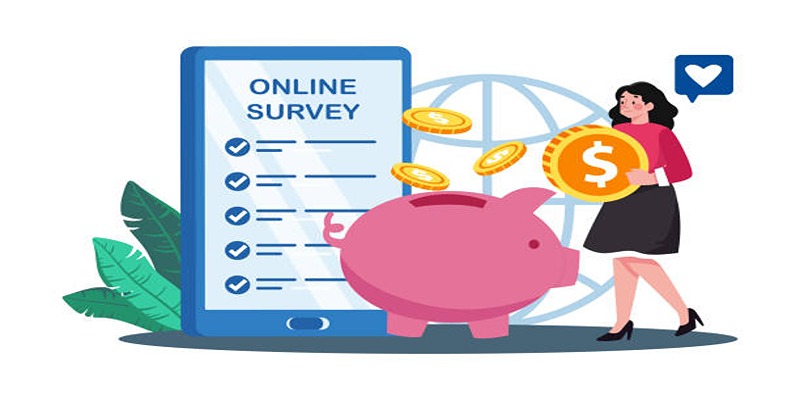Student loans can feel overwhelming, but you don’t have to stay in debt forever. With smart strategies, you can pay off loans faster, reduce what you owe, and save thousands. This guide covers the best repayment tips to help you take control of your finances and avoid stress. Whether you're a recent graduate or planning ahead, learn how to save money and tackle your student loans efficiently.
Start with Budgeting and Financial Planning

The first step in tackling student loan debt is understanding your financial situation. By creating a strict and clear budget, you can allocate your income wisely and prioritize loan repayment.
How to Budget Effectively
- Track Your Expenses: Use apps like Mint or spreadsheets to monitor your monthly expenses, from rent to coffee runs.
- Set Loan Priorities: Categorize bills and payments, placing student loans at the top of your “must-pay” list.
- Set Savings Goals: Dedicate part of your earnings toward building an emergency fund while tackling your debt.
Budgeting allows you to see exactly where your money is going and will illuminate areas where you can cut back to focus more on your student loans.
Pay More Than the Minimum When Possible
If there’s one golden rule for saving money on student loans, it’s this: pay more than the minimum requirement when you can. Why? Extra payments go directly toward the loan principal, which lowers the amount of interest you’ll pay over the life of the loan.
Tips for Making Extra Payments
- Round Up Payments: If your monthly payment is $275, round it up to $300.
- Automate It: Set up automated extra payments to avoid missing an opportunity to reduce your principal.
- Use Windfalls Wisely: Bonuses, tax refunds, or gifts? Direct them toward your student loans rather than unnecessary splurges.
Even small extra payments can add up to big savings over time.
Explore Repayment Plans and Loan Forgiveness Options
Federal student loans often come with flexible repayment options. Choosing the right one for your situation can help minimize monthly payments or even lead to loan forgiveness in specific cases.
Key Repayment Plan Options
- Standard Repayment Plan: Fixed payments for up to 10 years. Ideal for borrowers who want to pay off loans quickly.
- Income-Driven Repayment Plans (IDR): Adjusts monthly payments based on your income and family size, typically over 20–25 years. Examples include:
- Pay As You Earn (PAYE)
- Revised Pay As You Earn (REPAYE)
- Income-Based Repayment (IBR)
- Graduated Repayment Plan: Monthly payments start low and increase over time. Perfect for those anticipating higher future earnings.
Loan Forgiveness Programs
- Public Service Loan Forgiveness (PSLF): Available to borrowers who work for a nonprofit or government organization while making 120 qualifying payments.
- Teacher Loan Forgiveness: Eligible full-time teachers in certain low-income schools can have $5,000–$17,500 of their loans forgiven.
If you're unsure which program is right for you, consult your loan service provider or financial advisor for personalized advice.
Refinance Your Student Loans for Lower Interest Rates
Refinancing is one of the most effective ways to save money on student loans. By combining multiple loans into one with a lower interest rate, you could reduce your monthly payment and save thousands over the term of your loans.
When Does Refinancing Make Sense?
- You Have a Stable Income: Refinancing is ideal when you have dependable employment.
- Your Credit Score is Strong: A high credit score can qualify you for lower interest rates.
- You Don’t Need Federal Benefits: Refinancing shifts federal loans to private loans, which means losing access to IDR and forgiveness programs.
Refinancing Providers
Some reliable refinancing companies include:
- SoFi
- Earnest
- CommonBond
Research rates and terms to find the best fit for your financial goals.
Make Biweekly Payments
Instead of making one monthly payment, split your payment in half and pay biweekly. This strategy helps shave interest off your balance and ensures you make an extra full payment each year without feeling the financial pinch.
How Biweekly Payments Work
- Divide your monthly payment by two and pay that amount every two weeks.
- Over 52 weeks, you will make 26 half-payments, equaling 13 full payments annually instead of 12.
Biweekly payments can subtly but effectively shorten your repayment term and reduce interest charges.
Avoid Default and Late Fees
Defaulting on student loans can result in severe penalties, such as damaged credit, wage garnishment, and collection fees. To stay compliant, prioritize your loans and consider deferment or forbearance if you're facing financial hardship.
How to Stay on Track
- Set Reminders: Use calendar alerts or apps to remind you of upcoming payment deadlines.
- Opt for Auto-Pay Discounts: Many lenders offer a 0.25% interest reduction if you enroll in auto-pay.
- Communicate with Your Lender: If you’re struggling, reach out. Many lenders provide temporary relief options.
Avoiding late payments keeps your credit score healthy and prevents unnecessary penalties.
Leverage Tax Deductions and Benefits
Remember to take advantage of the tax benefits for student loan borrowers. With the Student Loan Interest Deduction, you can deduct up to $2,500 of interest paid on federal or private student loans when you file your taxes.
How to Claim the Deduction
- Use IRS Form 1098-E, provided by your loan servicer, to report paid interest.
- Ensure you meet the income eligibility requirements for the deduction.
This simple step can lower your taxable income and put more money in your pocket.
Actively Engage with Financial Education

Understanding the nuances of loan repayment is crucial for saving money and staying out of debt long-term. Use free resources like blogs, podcasts, and calculators to stay informed.
Recommended Tools
- Student Loan Hero: Offers repayment calculators and loan advice.
- MyFedLoan: A hub for borrowers with federal loans.
- Financial Independence Podcasts: Learn tips about minimizing debt from experts in personal finance.
Staying informed empowers you to make proactive decisions about your loans.
Conclusion
Repaying student loans might seem overwhelming, but with the right strategies, you can minimize costs and accelerate your path to financial freedom. From creating a budget to exploring repayment plans and refinancing opportunities, every step you take brings you closer to being debt-free. If you’re ready to take charge, start small. Round up payments, explore refinancing, or consult with your lender for personalized options. The sooner you act, the more you’ll save.












